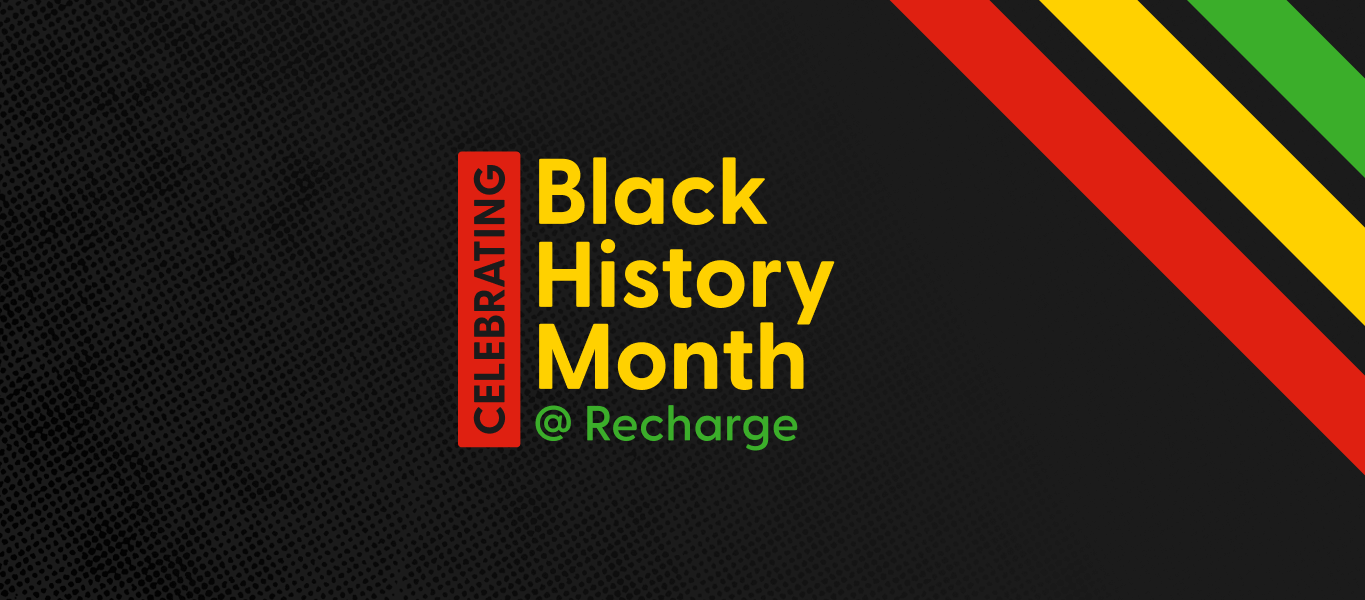Ever wondered what a day in the life is like when you work as an Infrastructure Engineer at Recharge? I’m Mark Hatch, and today I’m pulling back the curtain to share just that.
Along with a glimpse of what life is like behind the scenes as a remote team member for Recharge, I also want to talk about some of the tools we use, how we improve communication as a remote team, and what’s ahead for us as well.
One of the things I really love is that Recharge enables us to be flexible, remote-first team…and a successful one, at that. The guidelines the company uses for remote team members essentially looks like this:
- Flexible – Work when you want
- Remote-first – Work where you want/are
- Results only – Negotiate expectations, deliver commitments
With this framework, it allows those of us who work remotely to keep up with the results-driven nature of the organization while still allowing for results to be delivered in a healthy manner. Recharge is supportive and respectful of team members’ work-life balance and allows us to set our own schedules, working whenever is best for our schedules.
For me, that means I get to be present with my family and help out with day-to-day tasks like having breakfast with my kids, taking them to the bus stop, and taking a break after the kids get home from school. My work fits around that schedule, and I work early in the morning, in the middle of the day while my kids are at school, and then later in the evening when everyone has gone to bed.
I recently realized that throughout my entire career, I’ve worked toward having this level of flexibility–and now that I have it, it’s even better than I imagined.
Next, let’s take a look at what an average day looks like for me as a remote team member at Recharge.
My average day as a remote Infrastructure Engineer at Recharge
Flexible
I usually wake up earlier than everybody else at my house. It’s a good opportunity to get some things done around the house, but that only takes so much time. I’ll usually get connected and caught up at work by about 7:00 and spend a half hour planning my day, reviewing PRs or just closing out simple stuff that’s come up.
Because of this, and because of the fact that the Infrastructure team handles runtime support, I take over a “follow-the-sun” on-call schedule we’re using during the day. I step away for an hour while I send my family off on their day. 8:30 rolls around and I’m ready to start focusing on work efforts that require more attention, either focus or time.
Remote-First
Later in the day there are meetings…there are always going to be meetings. I usually have an idea of my meeting schedule the day before so I can plan any strict requirements I have for being available. What I need to get done today and meetings are usually that consideration.
I make sure I’m available to be at meetings and on time. Sharing video on calls is important with remote-first work, as it offers opportunities to interact with people in ways that would usually happen in the office. These opportunities are important to teams and, therefore, the company.

Results Only
Usually we have a 11:00 meeting to accommodate all active time zones, so the Standup will be my first meeting of the day. Standup is quick and the tabled conversations afterward can run a bit long, but they are a good opportunity to resolve blocks without needing all the extra effort of getting people together. I usually break for lunch shortly after, but on Wednesdays I’ll often eat at my laptop for Lunch and Learn in order to hear about a new trick from another member of the greater Engineering team.
After lunch is usually when one or two meetings with other teams will be scheduled, but I am often able to sit down and focus for a few more hours until 16:00 when my family starts getting home. Unless I’m in a groove that I don’t want to get out of, I’ll usually step away at this point to look away from work and toward “everything else.”
But that’s not the end of my story. Around 21:30, things become quiet at home again. This time has become an opportunity for me to make progress on work during quiet time. The lack of interruptions makes for a quiet, productive experience I will often take advantage of. I don’t have to work at this time but sometimes I plan on it in order to free up time during the day.
Potentially the best part of it all? I haven’t seen rush hour traffic in years.
How I learned to communicate with a remote team
Being a remote team means communication is extremely important. With communication comes more clarity.
Lately, Recharge has been reinforcing a flexible, remote-first working environment by creating a foundation of written/documented processes for team members, which has been helpful especially within onboarding processes. Along with these notes, we’ve also been exploring new forms of onboarding so that team members get a personal introduction to the new job and the team as a whole.
Our teams are also working more via video conferencing these days, which produces stronger collaboration and builds camaraderie within teams. By getting together for a few hours each week via Zoom or Google Meet, it helps ensure individual contributor voices get heard, too.
Tools we use for the Infrastructure Team
Great tools are a big part of what makes our infrastructure team successful.
Over the past six months, we’ve made considerable improvements and reinvented the approach to how Recharge handles demand and control from an infrastructure perspective. A big reason for this is because we’ve automated infrastructure elements to get more operational visibility and to respond to issues and outages more quickly.

We use Google Cloud Platform, Terraform, Ansible, NewRelic, Pagerduty, and GitHub on a regular basis to help with these efforts.

Handling cloud hosting migration with a remote team
One of the major tasks our team undertook recently was handling the company’s cloud hosting migration (from DO to GCP) all with a remote team. Coordinating a complex platform design and migration meant we had to be able to effectively track a large project with multiple people working together at once.

Without tools like Jira or Zoom/Meet, we wouldn’t be able to deliver the same results with little to no downtime. In addition, being able to see a group of people while talking and sharing information directly is invaluable for our project success.
What our team will look like in the future
In the coming months, I think the team at Recharge will continue to grow, but we’ll become more organized so that expansion doesn’t impede the high velocity of change. Leadership will likely continue to focus on scaling up, but as they do that, it’s clear they’re already thinking about how to maintain the culture and team elements they’ve created as a medium-sized company.
I hope we’ll continue to build on our sense of collaboration and build out a team that marches to a single drumbeat. The tools we already have in place will help with that, but we’ll likely have to learn to use them in new ways that are more uniform and consistent across the company.



